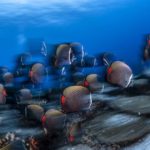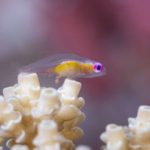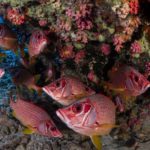DISCOVER COMO COCOA ISLAND
CORAL PROPAGATION
Sponsor a coral propagating frame and watch your contribution to the Maldives’ ecosystem flourish.
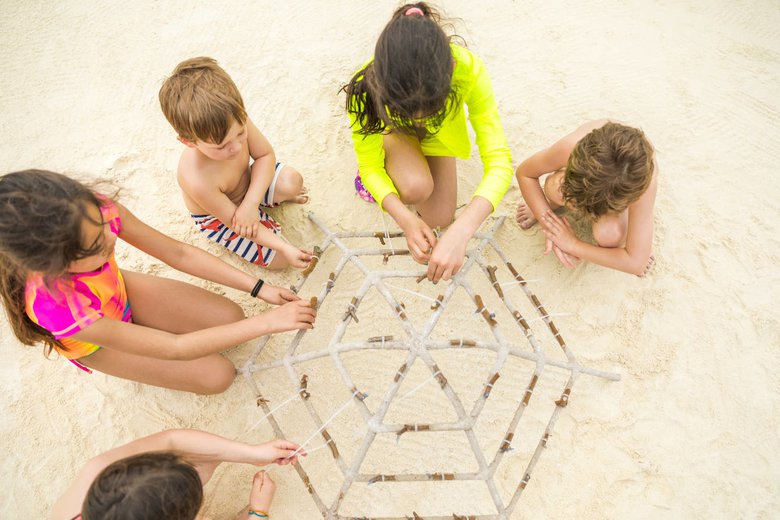
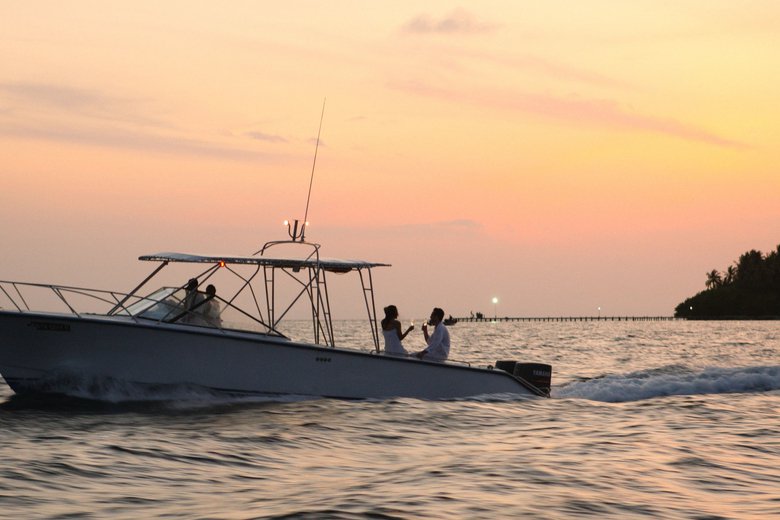
Sunset Cruise
Set out to find wild dolphins swimming playfully, while sipping sparkling wine and nibbling on gourmet canapés.
House Reef Snorkeling
Snorkelling the resort’s bustling house reef is an essential experience for guests of COMO Cocoa Island.
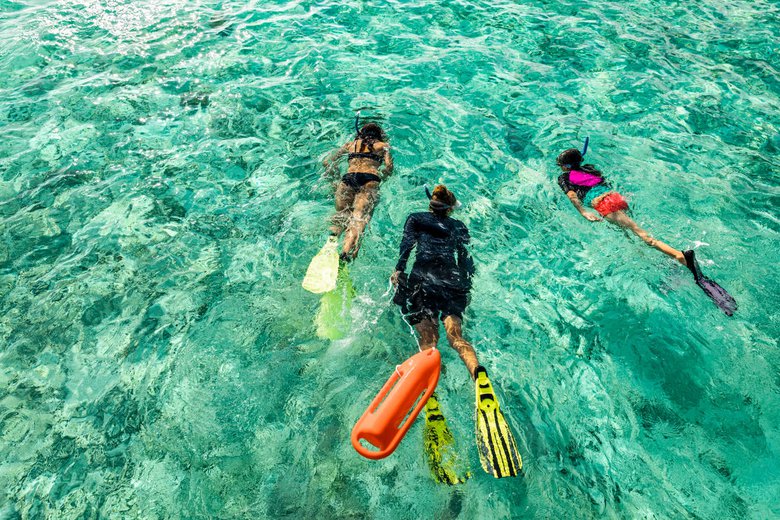
About the Cocoa Island
From its personalised service and sophisticated cuisine to its distinctive design, authentic culture and calming spa, our Maldives luxury resort works hard to tailor the experience to your needs. We can orchestrate customised cruises to neighbouring islands and beaches; plan private dinners at secluded locations; arrange yoga, diving or snorkelling; and create adventures for families travelling together
“Perfection Does Exist.”
Getting to the Cocoa Island
COMO Cocoa Island, known locally as Makunufushi, is located among South Malé’s coral atolls. Importantly, guests do not need seaplanes to access the island; it is just a 40-minute speedboat transfer from the international airport on Malé (the main island).
Cocoa Island
Each of the other eleven islands has something special to offer. The largest of the group of islands, Tiaraunu is home to a huge number of coconut palm trees, while Honuea offers glistening white sand beaches to explore.
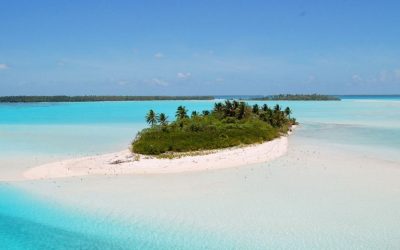
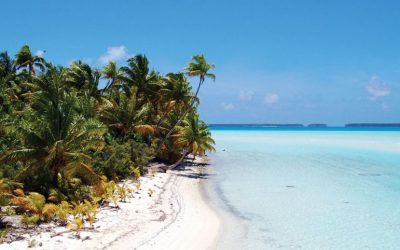
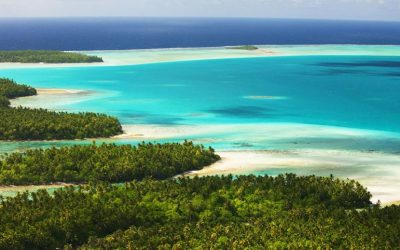
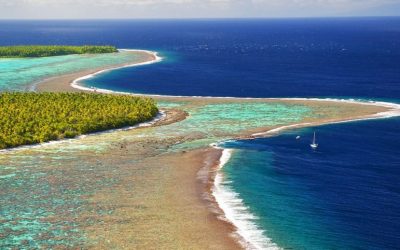
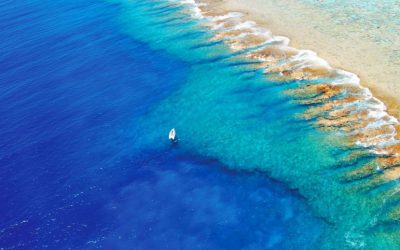
The Cocoa Island Location
The Maldives are a year-round destination with a near constant temperature of 86°F (30°C). The water temperature remains steady never falling below 77°F (25°C) and reaching 84°F (29°C) during high season. However the islands are tropical and therefore also subject to two distinct seasons, or monsoons. April is a transitional time between these two seasons and is known for the clear water, which is appealing to divers. The iruvai (northeast monsoon) is hot and dry and runs from December to April, making this the official high season when the islands enjoy little rain and low humidity. Rain is more likely from May to November (during hulghangu, or southwest monsoon), making this the official low season.

